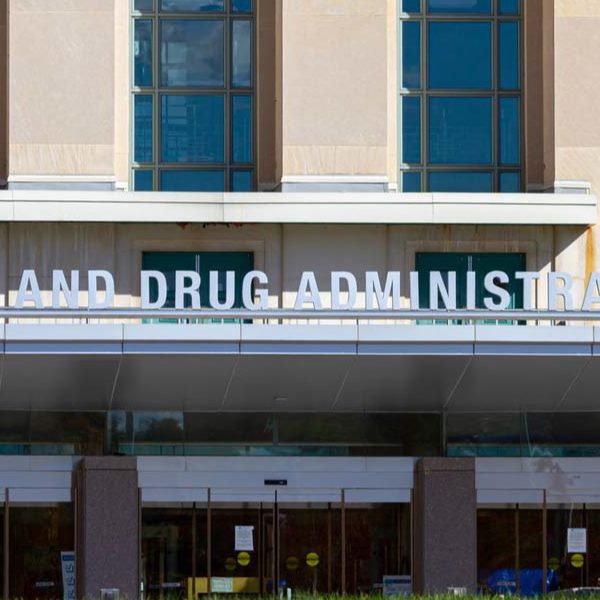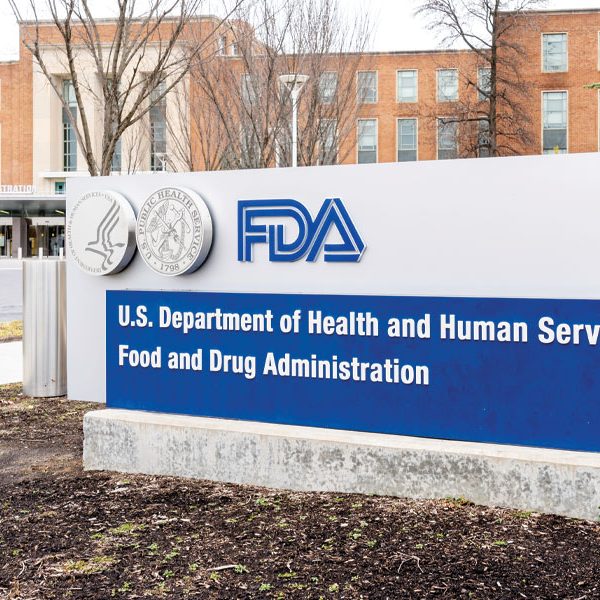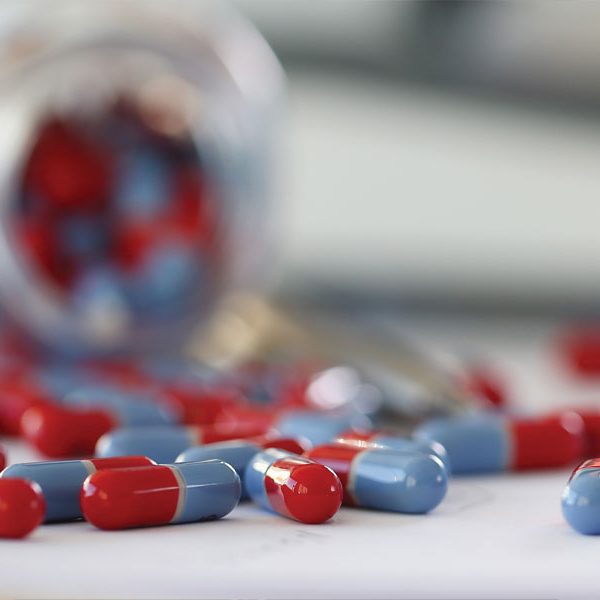Ask the Expert: The Future of Drug Development

The size of the global pharmaceutical market will reach $1.12 trillion by the year 2022, according to Pharmaceutical Commerce. Yet, many questions linger about what the future of drug development will look like, including technology that will impact the industry and the expense to develop new drugs and treatment options.
In this installment of Ask the Expert, Dr. Uma Sharma, Chief Scientific Officer, MMS, is interviewed on what the future of drug development holds for the industry, patients, and prescribers.
Question: Explain your thoughts on the future of drug development.
Uma Sharma, Ph.D.: Drug development has many new challenges in the years ahead. Creating new drugs for routine indications are no longer the area of interest from both a patient and prescriber perspective. The market overall is looking for alternate therapies for those patients who do not respond to conventional therapies. This may include non-responder or relapse population for major diseases, new personalized treatment options, treatments for orphan and rare diseases, and cost-effective biosimilars. According to the FDA, biosimilars can “provide more treatment options, increase access to lifesaving medications, and potentially lower health care costs through competition.” Additionally, stem-cell therapies and other innovative options will continue to be at the forefront of new drug development. And, for drugs are known to be habit-forming or cause long-term dependency, there will be an increased awareness regarding “safety” concerns and the need for formulations that overcome these concerns.
Question: What technologies will have the greatest impact on drug development in the next five to 10 years?
US: Stem-cell technology, developing cost-effective biosimilars, and personal and individualized treatment for certain cancers, as well as degenerative diseases will be a main focus in the pharmaceutical and biotech industry over the next five to 10 years. With that being said, technologies that support the rapid screening of compounds in this space and the large-scale manufacture on a consistent and reliable basis, especially for personalized medicine, will have the greatest impact on drug development. Simultaneously, technology around analyses of real world evidence to understand disease models and markers along with analyzing data from various sources to generate hypothesis and claims will be expanding and growing over the next decade. The use of real world evidence in drug development is currently in its infancy, but the potential is staggering. We are at the forefront of its use, having developed a model internally, and we have begun using real world evidence for sponsors in various ways.
Question: Why is it getting more expensive to develop new drugs?
US: The type of drugs that are being developed and needed in today’s market, combined with the regulations around safety, have raised the bar for complete comprehensive drug development, starting at the approval stage. Understanding safety profiles more in detail at the development stage means added time, effort, and cost to the development portfolio. Patients and prescribers alike are more aware of the competition and options thanks to direct-to-consumer advertising and social media. Additionally, establishing manufacturing standards for certain newer technologies is an enormous cost factor that has made drug development much more expensive than mass production at a commercial level of a simple chemical entity.
Dr. Sharma’s take on drug development’s future comes from tenure of more than 23 years in the industry as a clinical development leader. The innovative treatment options and technologies she describes, combined with increased transparency regulations for regulators, will prove to be a challenging, yet rewarding time in developing new treatment options.
Suggested For You

perspectives
August 24th, 2023
“D” is for Discipline: Everything You Need to Know About FDA's Type D Meetings

perspectives
August 2nd, 2023
Single-Arm Trials and Drug Approval in the European Union (EU)

perspectives
March 16th, 2023
New FDA Policies and Procedures for Products Submitted Under Accelerated Pathways : Understanding CDER MAPP 5015.13

perspectives
March 7th, 2023
SENDing Successful Nonclinical Submissions through Validation, Review, and Beyond

perspectives
February 14th, 2023
A Recap of 2022's Orphan Drug Approvals

perspectives
February 2nd, 2023
FDA Updates IND Expanded Access Guidance for Industry

perspectives
November 30th, 2022
Updates to FDA Meetings under PDUFA VII

perspectives
November 29th, 2022
CMC and Quality Enhancements Under PDUFA VII Explained

perspectives
November 15th, 2022
What is the Rare Disease Endpoint Advancement Pilot Program and What Does it Mean for Rare Disease Research

perspectives
November 15th, 2022
Split Real-Time Application Review (STAR) Pilot Program Explained: PDUFA VII Updates

perspectives
October 26th, 2022
Prescription Drug User Fee Act (PDUFA) VII Updates Explained

perspectives
August 22nd, 2022
How to Achieve Compliance for Feasibility Studies with Digital Health Technologies